Mayor Rahm Emanuel has ordered the removal of 50 red-light cameras at 25 more Chicago intersections where the number of accidents has fallen, apparently determined to put out a political fire that could burn him in the April 7 runoff.
The red-light cameras at the 25 intersections haven’t been taken down yet, but they stopped spewing out $100 tickets at 12:01 a.m. Friday.
That will leave Chicago with 302 red-light cameras at 149 intersections — a 20 percent reduction in what’s been the nation’s largest red-light camera program.
Roughly 72 percent of Chicago’s red-light camera intersections already have countdown signals that avert the need for drivers to slam on the brakes to avoid getting nailed, sometimes at the risk of causing a rear-end collision.
The latest cameras to be removed were chosen using the same safety standard applied two years ago to get rid of 32 red-light cameras at 16 other intersections: no more than one “right-angle crash” in 2013 and a “total crash rate” of less than 1 accident per million vehicles a year.
The crash rate is calculated by dividing annual crashes by average daily traffic counts.
To restore public confidence in the $70-million-a-year program, Emanuel is speeding the timetable for installation of countdown signals at the 42 red-light intersections that still don’t have them. Instead of the end of this year, the work is to be completed by June 1.
The mayor also has agreed to get behind one of the major red-light camera reforms championed by two influential aldermen by requiring a public hearing in the affected community before cameras are removed, added or relocated.
If the City Council approves, the reform will be applied to the 50 cameras now targeted for removal. If nearby residents prefer to keep those cameras, they will turned back on, and ticketing will begin again.
Two years ago, Emanuel announced plans to take down red-light cameras at 18 intersections where accidents had been reduced, only to keep cameras at two of those intersections at the behest of area residents.
The timing of the announcement — as speed cameras were about to start churning out $35 and $100 tickets — made it look like Emanuel was throwing drivers a bone.
Now, Emanuel’s timing looks even more political.
Mayoral challenger Jesus “Chuy” Garcia has promised to remove all of Chicago’s red-light cameras on his first day in office, though he hasn’t said how he would replace the $70 million in yearly revenue they bring the city.
Garcia has said that ending what he called the “red-light ripoff” is about “being honest with Chicagoans that the budget isn’t going to be balanced on their backs.”
Millionaire businessman Willie Wilson, who got 25 percent of the black vote in the mayor’s race Feb. 24, also has made red-light cameras a factor in his upcoming decision on whom to endorse in the runoff next month between Emanuel and Garcia.
Emanuel inherited the red-light camera program from former Mayor Richard M. Daley and has had nothing but headaches from it ever since.
The mayor fired the Arizona contractor at the center of a $2 million bribery scandal and replaced Redflex Traffic Systems with Xerox State & Local Solutions Traffic Solutions.
When a Chicago Tribune investigation questioned the legitimacy of thousands of $100 tickets, Emanuel asked Inspector General Joe Ferguson to conduct an exhaustive review of the program. Last fall, Ferguson faulted the Chicago Department of Transportation for exercising “benign neglect” in its oversight of Redflex, allowing suspicious ticketing spikes and equipment failures that may have cost the city millions to go unnoticed.
The inspector general said he found no evidence, though, of “willful manipulation” by the city or Redflex to ratchet up the number of tickets. To the contrary, he found the city’s failure to exercise its legal obligation to oversee the now-fired contractor might have cost the city money.
Changes in the timing of yellow lights did not contribute to the ticketing spikes, the IG concluded. But he nevertheless recommended that CDOT “restore a prior hard 3.0-second yellow-light threshold for violations” to ensure clarity and consistency.
When Xerox took over for Redflex, CDOT gave the new contractor the go-ahead to accept tickets with a yellow-light duration of 2.9 seconds to account for slight variations from the signal power source. That generated roughly 77,000 tickets.
The inspector general had previously concluded there was no evidence to substantiate the city’s claim that red-light cameras have reduced accidents or that they are installed at the most dangerous intersections.
Ferguson said CDOT was unable to produce evidence that accident data was used in the selection of red-light camera locations or that CDOT continually evaluates accident data to relocate cameras to the most dangerous spots.
In fact, in the first decade of the program, Ferguson noted that only 10 cameras at five intersections had been moved.
Last fall, a City Council committee held a hearing on the scandal-scarred red-light camera program that provided a forum for the Emanuel administration to showcase its efforts to restore public trust.
Ferguson stressed then that there had been a sea change between CDOT’s negligent oversight over Redflex and the department’s diligence in monitoring Xerox.
Intersections where red-light cameras already have stopped issuing tickets and will be removed are located at: Ashland and 47th, 63rd, Archer, Diversey and Garfield; California and 31st; Central and Madison; Cicero and the Stevenson Expressway.; Cornell and 57th; Cottage Grove and 95th; Damen and Blue Island; Elston and Foster; Halsted and 63rd and 83rd; Harlem and Northwest Hwy.; Jeffery and 79th; Osceola and Touhy; Pulaski and Montrose; Stony Island and 83rd; Vincennes and 111th; Western and 51st and Pratt.
Cameras will also be removed at a trio of three-way intersections:
Kimball, McCormick and Lincoln; Narragansett, 55th and Archer; and Western, Armitage and Milwaukee.
Source: Chicago Suntimes

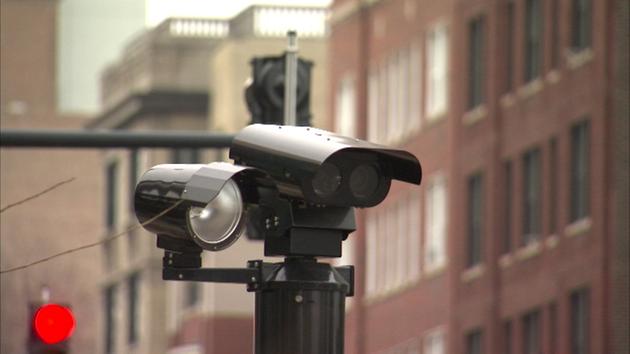





































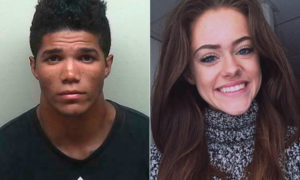









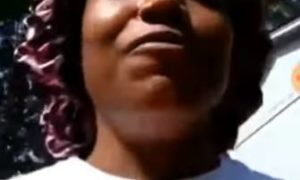







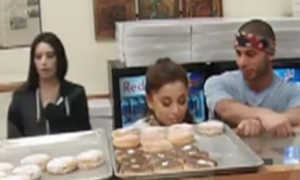























































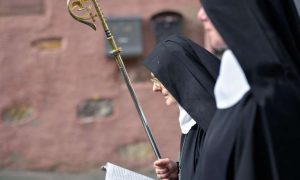































































































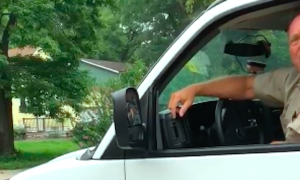































![[Video] Chicago Police Officers Caught On Video Telling Two Black Men "We Kill Mother F**kers"](https://earhustle411.com/wp-content/uploads/2018/07/evil-cop-3-300x180.jpg)
![[Video] Chicago Police Officers Caught On Video Telling Two Black Men "We Kill Mother F**kers"](https://earhustle411.com/wp-content/uploads/2018/07/evil-cop-3-80x80.jpg)












![[Video] White Woman Calls The Cops On Black Real Estate Investor, Cops Threaten To Arrest Her For Harassing Him](https://earhustle411.com/wp-content/uploads/2018/05/nosy-neighbor-300x180.png)
![[Video] White Woman Calls The Cops On Black Real Estate Investor, Cops Threaten To Arrest Her For Harassing Him](https://earhustle411.com/wp-content/uploads/2018/05/nosy-neighbor-80x80.png)


![White Scientist Says The Black Community Is Being Targeted By The Medical System, They Are Deliberatly Being Poisoned [Video]](https://earhustle411.com/wp-content/uploads/2016/05/mike-adams-300x180.jpg)
![White Scientist Says The Black Community Is Being Targeted By The Medical System, They Are Deliberatly Being Poisoned [Video]](https://earhustle411.com/wp-content/uploads/2016/05/mike-adams-80x80.jpg)








![Teenage Girl Shot In Her Stomach Three Times But Took Time To Post To Facebook [ Video]](https://earhustle411.com/wp-content/uploads/2016/02/Gangster-chick-300x180.jpg)
![Teenage Girl Shot In Her Stomach Three Times But Took Time To Post To Facebook [ Video]](https://earhustle411.com/wp-content/uploads/2016/02/Gangster-chick-80x80.jpg)







